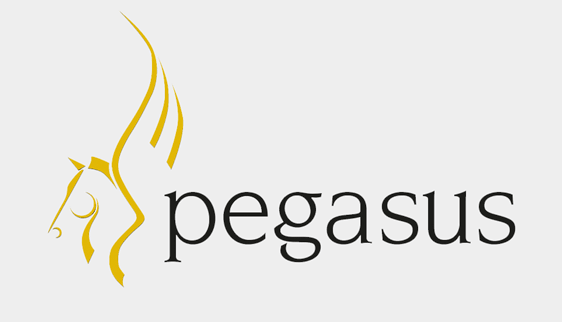
Summer has arrived and it’s the time of year when unplanned absence might be on the increase among your employees. Whilst the majority of staff illness will be genuine, popular sporting events such as the Euros, Wimbledon and Olympic Games, coupled with good weather could encourage some employees to push their luck and ‘pull a sickie’. In this blog post we’ll look at monitoring employee attendance so you can identify patterns and introduce processes to manage it.
The true cost of unplanned absence
According to government research , 140 million working days are lost each year to sickness and cost businesses £9 billion in sick pay. Unplanned absence can have a significant impact on productivity and profitability, especially within small organisations. Large amounts of absenteeism can also affect the morale within an organisation.
Monitoring employee attendance
For any absence policy to be effective, it’s vital to have accurate measurement in place as it’s impossible to manage absenteeism if you don’t measure it.
Most payroll and HR systems allow you to enter employee sick days, such as Opera 3 Payroll & HR . Recording your employee sick days accurately means the data is easily accessible for analysis. If you’re an Opera 3 user, you can export your data into Microsoft Excel using Pegasus XRL. This makes it easy to sort your attendance data and create graphs to highlight trends.
Analysing and tackling employee attendance
If you’ve recorded employee sick days in an accurate manner, you can then begin to analyse them to identify trends, discover possible reasons for absence and detect employees who have significantly higher absence levels than others.
Where should you start? Some key factors to look at are:
Day of the week – Does your organisation see a higher rate of unplanned absence on Mondays or Fridays?
Previous absence – Do any of your employees have long term medical illnesses which have resulted in a number of sick days? If so, perhaps you should look at introducing a private health care scheme to help employees get the treatment they need for a quicker recovery and return to work.
Type of illness – Make sure you conduct a return to work interview and record the illnesses your employees are suffering from to help highlight recurring trends. For example, if several employees have reported stomach bugs and cold/flu symptoms then it could highlight issues with workplace hygiene. Remind your employees about the spread of infection and look for new cleaners if necessary. Whereas, if a high level of stress related sick days are recorded you might want to think about introducing a policy to address the work-life balance, such as flexible working.
Department – If absenteeism is higher in particular departments compared with others it could highlight issues with motivation or management within that department. In this instance you could look at conducting employee surveys to uncover the deeper reasons behind the sick days.
Popular events – Was there a big World Cup football match on late last night that could have resulted in some sleepy heads this morning?
Weather – Was it the hottest day of the year? Some employees might see this as a good chance to hit the beach or beer garden!
Learn more about Opera 3 Payroll & HR and its capability for monitoring and managing employee attendance.
Posted On: May 24, 2016